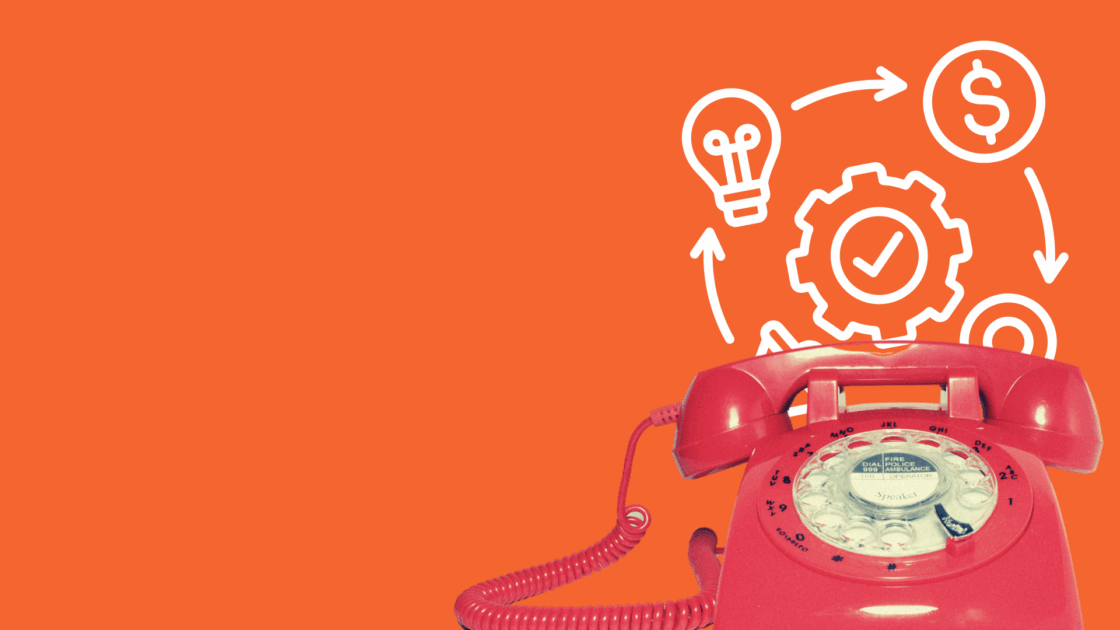Don’t 86 Your Audience: What a Night in the Restaurant Industry Can Teach Us About Social Media Marketing
Don’t 86 Your Audience: What a Night in the Restaurant Industry Can Teach Us About Social Media Marketing
During my time at Aventi, I’ve gotten to work with major marketing executives–CMOs, VPs, SMEs, and more. It would be easy to be intimidated (or even downright scared) in these situations, but no one scares me any more. The most terrifying person I’ve ever encountered? A 19-year-old restaurant hostess named Katie.
In my late twenties, I worked as a server at one of the highest-volume restaurants on the East coast, with a capacity close to 500 people at any given time. Katie joined the staff about a year after I did. She was exceptional at her job, and she was also notoriously intense.
“Don’t bother Katie,” I’d tell my trainees. “When she’s in this building, she has one focus, and one focus only, and that’s getting this restaurant full. She doesn’t care about you, me, or anyone else. Show her respect, stay out of her way, and she’ll stay out of yours.” I was a fully-grown adult, and absolutely terrified of her. One flick of her severe black bob haircut had me running for cover.
On one particular Friday night, when service was ending and it seemed like we might close on time for once, myself, two other servers, a bartender, and a manager were left on the floor. Katie was still at the host stand. “I’m bored,” I said aloud to no one. (This is the kiss of death in the restaurant industry, inviting chaos. I knew this, but it slipped out.)
I went to the back to roll silverware for about five minutes, only to come out and see that not only had about 50 people flooded in, but that I had four tables (about 20 guests total), all freshly sat and waiting for me to come greet them. As soon as I finished scrambling to get drink and appetizer orders, I approached Katie at the host stand, heart pounding from adrenaline and frustration, and asked, “Katie, why in the WORLD did you quadruple seat me?” Katie looked up, blinked at me, and coldly said, “Because I can.” (Cue full-blown chills.)
While Katie might have been simply dealing with the number of people walking through the door, my guests, unsurprisingly, did not have an ideal experience. I was speeding through service, unable to properly engage, and to top it all off, I left my server book at the computer and someone stole $100–quite the blow when I had just made low tips for bad service. I sobbed in the office after my shift, frustrated at the night’s events.
While Katie may have simply been trying to do her job, my night and my pay were ruined. Worst of all, my guests had a bad time. I remembered this night recently, and there’s something to be learned from all of this for marketers: pushing too much onto your audience at once, solely because you can, gives them a poor experience.
So how CAN you serve up the best social media experience possible? Check out these insights we’ve cooked up for you…
Don’t overwhelm your audience
While certain algorithms favor those who push out constant content, no matter the quality, social media marketers have to think more strategically. What are you trying to say with this content? Is it valuable to your audience? Is it relevant? Does it match with your brand strategy? Consider the actual purpose of what you are putting out, instead of posting for the sake of posting. Two to three highly valuable posts each week are far better than twelve to fifteen irrelevant posts. Katie may have quadruple-sat me, but you shouldn’t quadruple-seat your audience.
Don’t create confusion and negative feeling
Your audience will likely be confused, and certainly annoyed, as to why they are being bombarded with messaging. You may create top-of-mind awareness, but that awareness is likely to be associated with negative sentiment instead of excitement. In the same way that my guests didn’t have a good time with me, your audience won’t have a good time either.
Increase engagement by posting higher quality content less frequently
Unnecessary posting means you won’t be engaging with your audience in a meaningful way, and may wind up spending more time handling negative or irrelevant engagement rather than building connections with your followers. I couldn’t properly engage with my guests that night because there were too many people and tables all at once. If those tables and guests had been spaced out properly, I would have been able to make the connections I was known for, instead of simply giving perfunctory service while trying to juggle errors from myself and the kitchen. In the same way, higher quality content means better engagement and a more meaningful experience for your audience.
Spend your time and money wisely
Money spent on low-quality content is, frankly, money wasted. Unnecessary posting means you’re essentially paying for low-quality engagement and potentially negative sentiment. Scrambling to handle too many things at once is nothing more than a money pit, and in the highly-competitive world of high-tech, every dollar counts. In the same way that I lost out on tips, my all-important book with the $100 bill, and a positive guest experience, you’ll wind up wondering why all of your time and money failed to translate into actual value. Use your resources wisely and you’ll see payoff in dividends.
That night, as terrible as it was, turned out to be a valuable lesson in my marketing career. I might still have restaurant stress dreams (if you know, you know), but luckily, the things I learned in that dining room are things we can all learn from today. Best of all, they’re easily translated in this wildly competitive landscape of grabbing the customer’s attention and creating a great online experience.
P.S. Katie went to art school and, from what I heard, did very well. Her intensity paid off!
P.P.S. Tip your servers and bartenders. And we’re 86 mahi-mahi.






